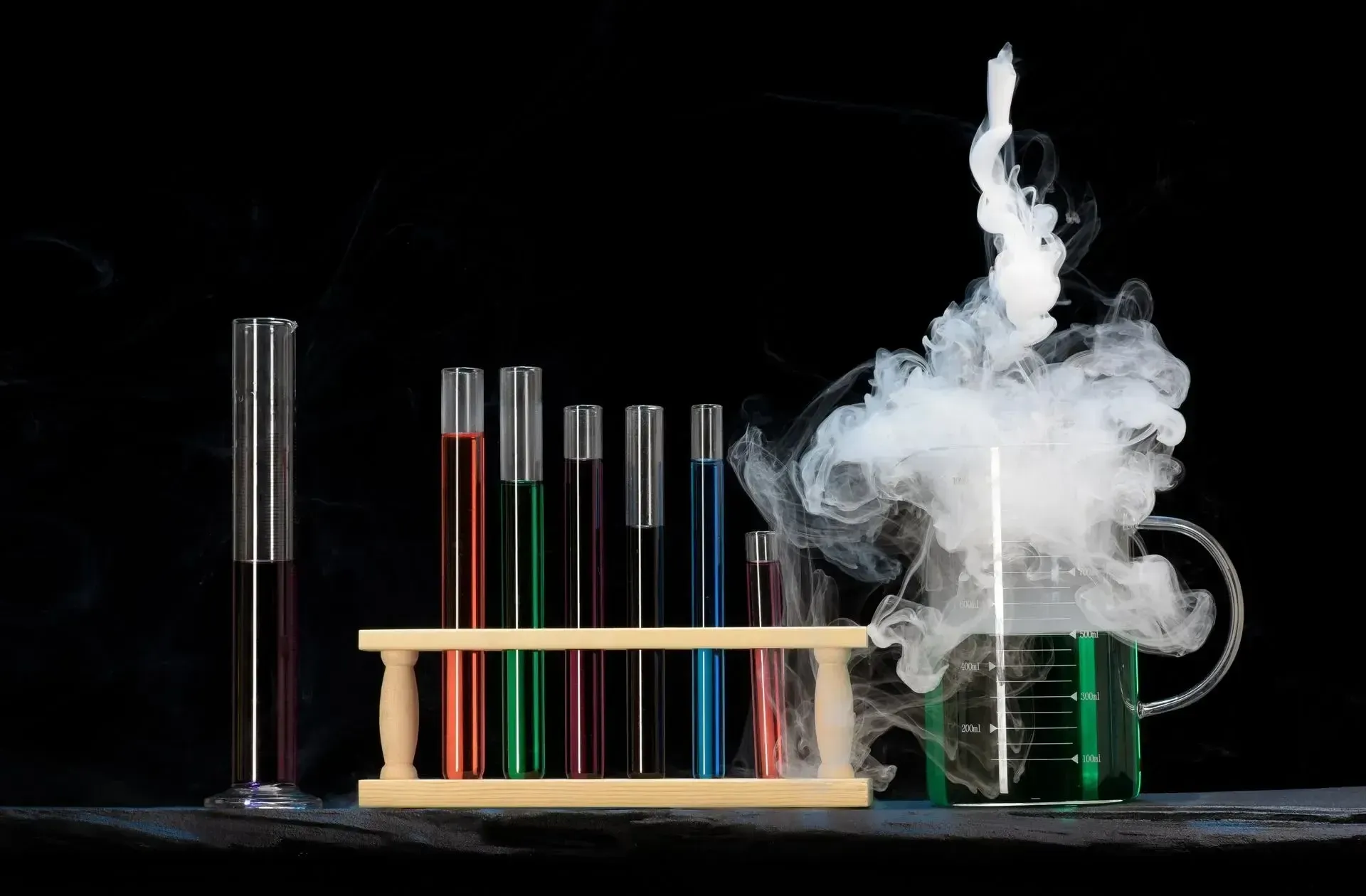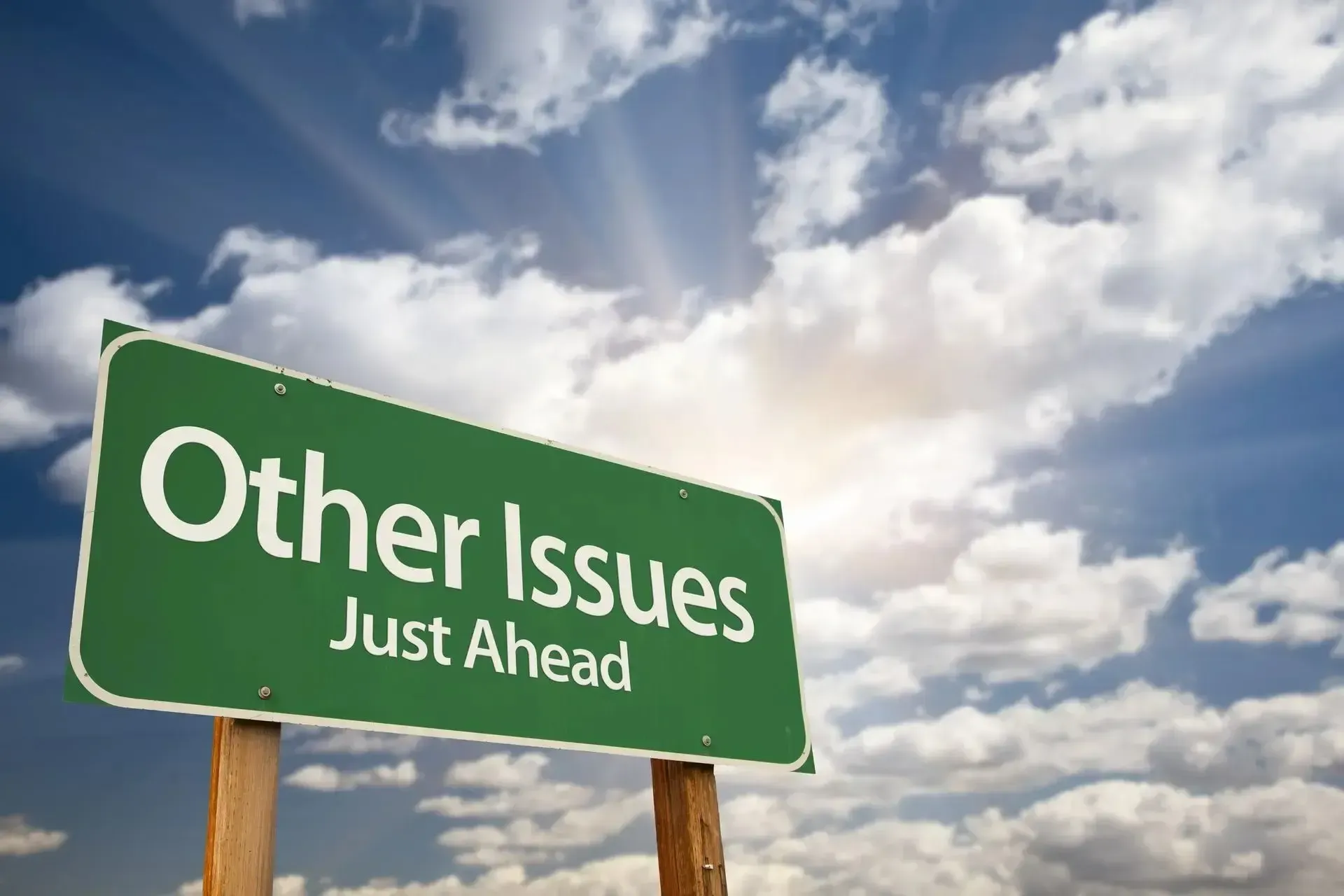The science of stain removal: why professional treatment matters
We’ve all had THAT moment – watching in awful unstoppable slow-motion the wine glass (coffee mug, spaghetti bowl, or pizza box) tipping its contents onto the carpet. And as soon as it hits, people spring into action around us to do something – anything! – to fix the mess.
Some will reach for paper towels, others will run to the laundry to find a sprinkle of this or a spray of that. And while everyone else is trying to keep the dog off it the quiet ones will hit Google and look for quick-fixes to save the day.
We understand the panic. However behind every successful stain removal lies a comprehensive understanding of chemistry, fabric science, and specialist techniques that professional carpet cleaning services have mastered over years of research and experience.
And that’s why it’s best to ensure you’re relying on professional advice and treatment, not adrenaline and wishful thinking. We’d love to save you from blowing your chance of a successful stain removal if possible, so here’s what we know.

The complex chemistry behind carpet stains
Stains aren't simply surface-level discolorations and stickiness; they're chemical bonds that have formed between foreign substances and fabric fibres.
Understanding these interactions is crucial for effective stain removal, and it's where the expertise of Advanced Carpet Cleaning becomes invaluable.
· For a slightly unpleasant example, think about the differences between a protein-based stain like blood and a tannin-based stain like coffee. Blood contains haemoglobin and other proteins that coagulate (clot) when exposed to heat, making hot water treatment counterproductive. Coffee stains, on the other hand, contain tannins that bind to fabric fibres through hydrogen bonding, requiring an entirely different approach.
Other very different types of stains are grease vs rust, candle wax vs crayon, and pet urine vs lipstick. Clearly, stain treatments require an understanding of the chemical behaviours of different substances.
· The pH level of cleaning solutions plays another critical role in stain treatment success. Acidic stains require alkaline treatments, while alkaline stains need acidic solutions to neutralise and lift them from fibres. The carpet then needs to be returned to a neutral or slightly acidic state to halt the ongoing pH interactions which could lead to damage.
· And underpinning all carpet stain treatment choices is the carpet type. Aside from whether it’s a loop pile or cut pile, carpet stain treatments will vary depending on whether the carpet is wool or synthetic, and if synthetic then what family of fibre types: nylon, acrylic, or polypropylene.
Balancing all these important factors is something that Advanced Carpet Cleaning in Christchurch has mastered, ensuring that treatments are both effective and safe for your valuable soft furnishings.
Upholstery fabric knowledge is vital
Understanding fabric composition is fundamental to successful stain treatment, and this knowledge extends far beyond basic categories like cotton or polyester. Our Advanced Carpet Cleaning Christchurch technicians understand how different materials respond to cleaning, and avoid treatments that could cause shrinkage, discolouration, or texture changes.
· Natural fibres
Natural fibres like wool, cotton, linen, viscose and silk require entirely different approaches than synthetic materials. Wool's protein structure makes it susceptible to alkaline damage. Silk's delicate structure requires careful moisture control and pH-neutral cleaning solutions to prevent water spotting and texture alteration. Some cottons and linens are less processed than others and need colour stabilising as part of any cleaning process, and special treatments are needed for viscose (also called rayon).
· Manmade materials
Versatile indoor/outdoor fabrics are now widely used for both interior furnishings and outdoor items. The robust construction, durability, and versatility of olefin, for example, make it a popular choice, and it lays claim to some environmentally friendly attributes. It is highly cleanable as long as manufacturer’s instructions are adhered to. As it’s made from a petroleum by-product, it is prone to absorbing oily substances and attracting further soiling and dull over time.
Having your fabric product name handy will help us advise you on your stain treatment options.

The road to hell is paved with good intentions: why DIY approaches backfire
Nobody likes to spend money unnecessarily, and while the internet is awash with home remedies and quick fixes for stain removal, many of these well-intentioned solutions make matters worse. The most common mistakes are:
· Applying an incorrect (and often undiluted) solution to it.
· Trying several cleaning products one after the other to try and fix a stain: this mix of chemicals will often result in worsened, more stubborn stains. If you’re tempted to do this, our best advice is reach for the phone instead! Give us a call for advice or a service visit.
· Rubbing and scrubbing – save that for an oil spill on your concrete driveway! When it’s a carpet or upholstery stain, this action doesn't lift the stain; instead, it pushes the substance deeper, spreads the stain making it larger than it ever was, and makes professional removal more challenging.
In contrast, professional steam cleaning techniques use controlled moisture and extraction methods that lift stains from deep within fibres without causing damage or spreading.
The safest and most efficient way to treat carpet stains is to call Advanced Carpet Cleaning.
Keep calm and be kind to your carpet
Feeling panicked or desperate to rescue a stained carpet from permanent damage is likely to result in you using solutions or methods that will permanently damage it.
Treating a stain soon after it’s happened is best. For fresh stains, download our free guide to treating carpet stains.
Some stains can safely wait for professional treatment, and others can’t. Have a look in the guide and if it refers you to Recommendation # 6, that’s “call a professional”.
If you’re unsure, give us a call for guidance on best next steps.
Your carpets and upholstery represent significant investments. And the science of stain removal is complex. While DIY approaches might seem cost-effective initially, calling in the professionals is usually a better decision. Trust the professionals who understand the science behind carpet and furniture stains. Call us today to book your appointment on 0800 566 576.
Our services







